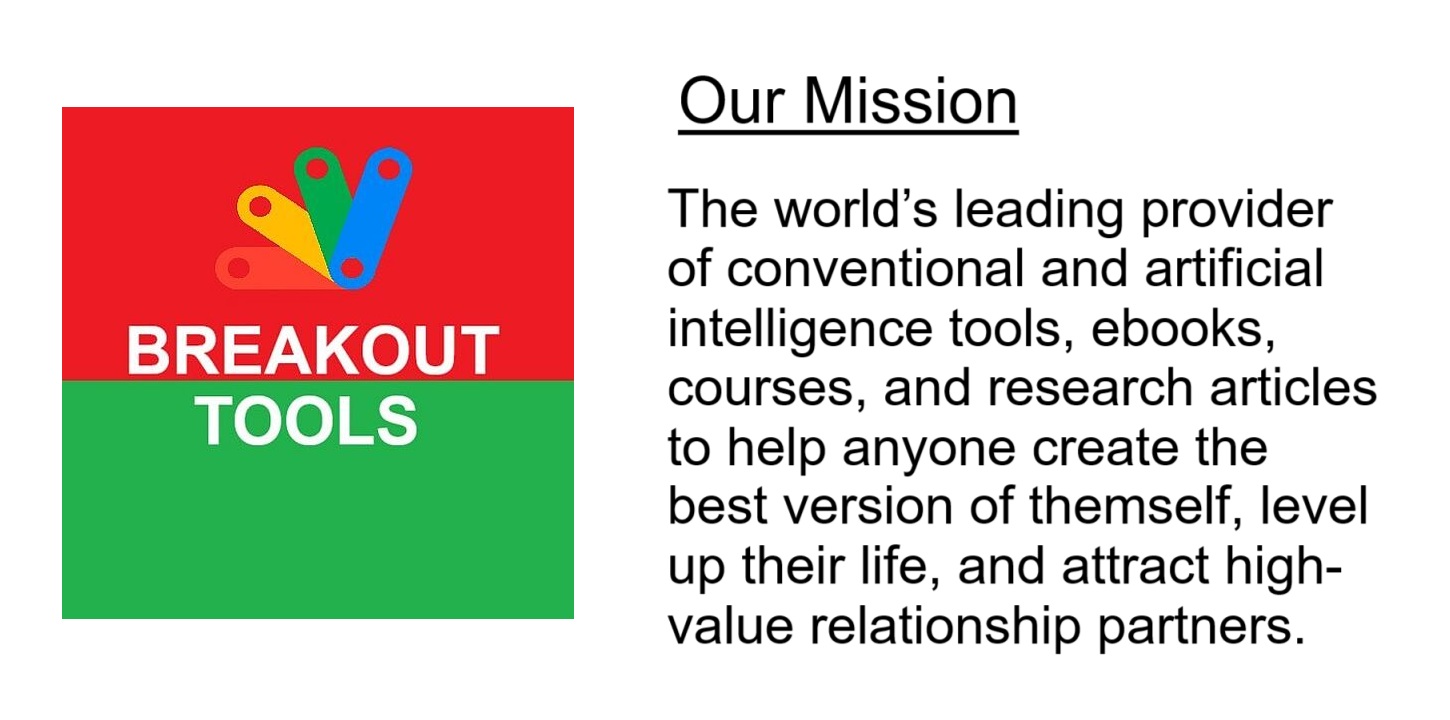In recent years, rock climbing has transcended its reputation as a mere adrenaline-fueled sport, emerging as a potential therapeutic tool for mental health. A groundbreaking study published in Discover Mental Health sheds light on this evolution, revealing how climbers perceive the mental health benefits of their sport and suggesting broader implications for therapeutic practices.
The Ascent of Climbing Culture
Since its inclusion in the 2020 Summer Olympics, sport climbing has witnessed a surge in popularity. In the United States alone, the number of climbing gyms nearly doubled from 310 in 2013 to 591 in 2021. This growth reflects a broader cultural shift, with climbing becoming more accessible and appealing to a diverse demographic.
Surveying the Climbing Community
To explore the intersection of climbing and mental health, researchers conducted a prospective survey targeting individuals aged 18 and older who engage in rock climbing at least once per week. The survey, distributed online via Qualtrics Forms between February and June 2023, garnered 748 responses. Participants were recruited through climbing gyms, online forums, and social media platforms.
Demographics and Climbing Preferences
The majority of respondents (50.4%) were between 26 and 40 years old, with 59.7% identifying as White Non-Hispanic. Geographically, most resided in the Mid-Atlantic/Tri-State Area. Indoor bouldering emerged as the most popular climbing style (24.9%), followed by indoor top rope (16.4%) and indoor lead climbing (12.4%). Outdoor climbing activities were less common, with traditional climbing at 10.1% and speed climbing at a mere 0.2%.
Mental Health Insights
A significant 73.1% of participants reported that rock climbing positively impacted their mental health. Depression and anxiety were the most commonly reported conditions among respondents. Notably, 73.3% found climbing more beneficial than medications, and 64.8% considered it more effective than therapy.
Statistical analyses revealed significant associations between climbing frequency and age (p = 0.0045), session length and age (p = 8.2e-10), and climbing frequency by gender (p = 0.0024). Additionally, perceptions of climbing’s mental health benefits varied significantly across gender (p = 0.0448) and race (p = 0.0422).
The Therapeutic Potential of Climbing
The study’s findings align with European research that has identified bouldering as a potential psychotherapeutic treatment for anxiety and depression. Randomized controlled trials have demonstrated that bouldering psychotherapy (BPT) can yield results comparable to cognitive behavioral therapy (CBT), highlighting its promise as an alternative or complementary treatment modality.
Challenges and Considerations
While the survey underscores the perceived mental health benefits of climbing, it also prompts considerations for broader application. Accessibility remains a concern, as climbing gyms may not be readily available in all regions, and the cost of equipment and memberships can be prohibitive. Moreover, further research is needed to understand the long-term effects of climbing as a therapeutic intervention and to identify which populations may benefit most.
Looking Ahead
The integration of rock climbing into mental health treatment paradigms represents an exciting frontier. As the sport continues to grow in popularity, its potential as a therapeutic tool warrants further exploration. Future studies could focus on longitudinal outcomes, the efficacy of structured climbing programs, and the development of guidelines for incorporating climbing into mental health care.
Conclusion
Rock climbing’s ascent from a niche sport to a potential mental health ally reflects a broader recognition of the role physical activity plays in psychological well-being. As individuals seek holistic approaches to mental health, climbing offers a unique combination of physical challenge, mental focus, and community support. With continued research and thoughtful integration, it may well become a staple in the repertoire of therapeutic interventions.
For more information on the study and its implications, visit Springer Link.









